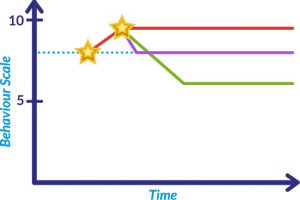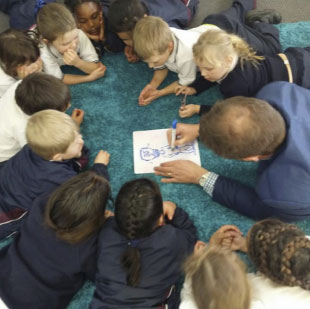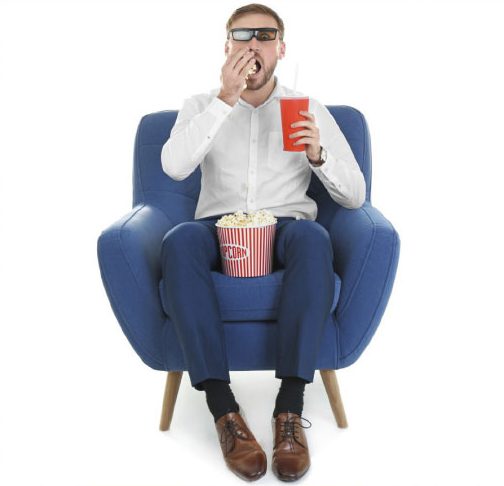Download a printable copy of this article (PDF 557KB)

- Stick with good practice until it works.
- Punitive measures have been used unsuccessfully for a long time.
- Things could get worse before they get better.
- Don’t give up before things improve.
- You’re already good at creative interventions.
New things can be intimidating. As an example, we recently replaced the dishwasher in our home. It’s been months now and I still haven’t turned it on. I can stack it and empty it, but the buttons on the front of it confront me, convince me I’m about to make a mistake. I pine for the old dishwasher that had one dial. It didn’t actually clean the dishes any more, but at least I understood it. Many of you, like my wife, are shaking your heads in disbelief at my antiquated and unproductive approach.
So it is with teacher practice. For decades, we may have given punitive and out-dated practices a consistent, clear and justified run despite the mounting evidence that they aren’t working. We might try something new, but the moment that it becomes difficult we’re tempted to assume our default positions, reinforcing previous patterns of negative student behaviour.
“Oh snail, climb Mount Fuji.
But slowly, slowly.”
– Kobayashi Issa
It’s time we understood that behaviours change gradually and individually. It’s time to acknowledge our intellect, creativity and knowledge of our students. It’s time to make a smart change – and to stick to it, even with our most difficult students.
You can be forgiven
A reason teachers sometimes struggle to sustain practice change is that it often causes a spike in the undesirable behaviour. Consider the graph below:

Imagine one of your most challenging students is tracking along the blue dotted line at around 8/10 management difficulty. At the first star, exasperated, you try something different, something you have thought deeply about, have shared with a colleague and come to a conclusion that it was solid practice. The high likelihood is that the student will resist this change and you’ll see an increase in the problem behaviour, with the student travelling the red dotted line.
At the second star, you make a fundamental decision. You will be tempted to think that you’ve tried that and it didn’t work. If you give up at this point, reverting to default measures, only two things can happen. If you are fortunate, the student will quickly travel the purple line and re-establish their desired classroom norm. Or, may have established a brand new norm – the red line. That’s a lot of pain and effort for a negative result.
However, if you persist with the well-considered approach that matches your personal and school values, then the rewards will come. Over time, the target behaviour diminishes as shown by the green line which crosses the point of the old norm and plateaus as a new, improved norm. You’ll notice that the new horizontal version of the green line is not a miracle. There are still behaviours to address, but you can now apply this successful method to old and emerging targeted behaviours for sustained improvement and relief.
You’re already good at this. Teachers are remarkable at reactive and responsive intervention design – you only need to be strong and forthright enough to see it through. This isn’t only about your students, but also about you. Focus in this area will increase your effectiveness and decrease your stress.








